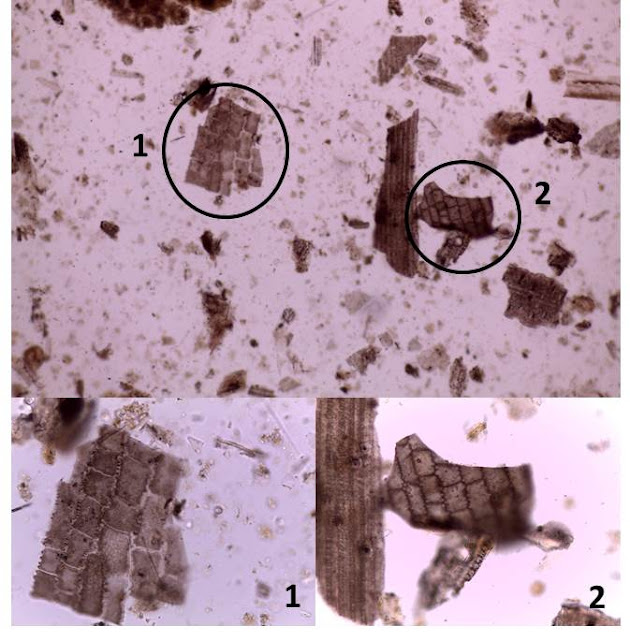Ness of Brodgar: Latest from the Lab

Some exciting news for my research at the Ness of Brodgar! I just heard from Earthslides.com that the 2014 samples are well under way being set in resin. I thought readers might be interested in a quick post on the process of creating archaeological thin sections, and I do recommend that you go check out the Facebook page, Hidden Worlds , if you want to investigate this further. Below you can see block of sediment, as collected in the field. These were posted direct from Orkney to Cambridge, wrapped up tight in tissue, tape and bubble wrap, to avoid disturbance during transport. These are carefully unwrapped and air dried over a few weeks, before being transferred into large desiccators. These are the big glass domes you can see below, and they have tight sealing lids that create an air tight seal. Resin is added to the plastic boxes containing the samples, and the whole thing is put under vacuum, using a pump. This removes all the air and draws the resin up into all the little spaces


